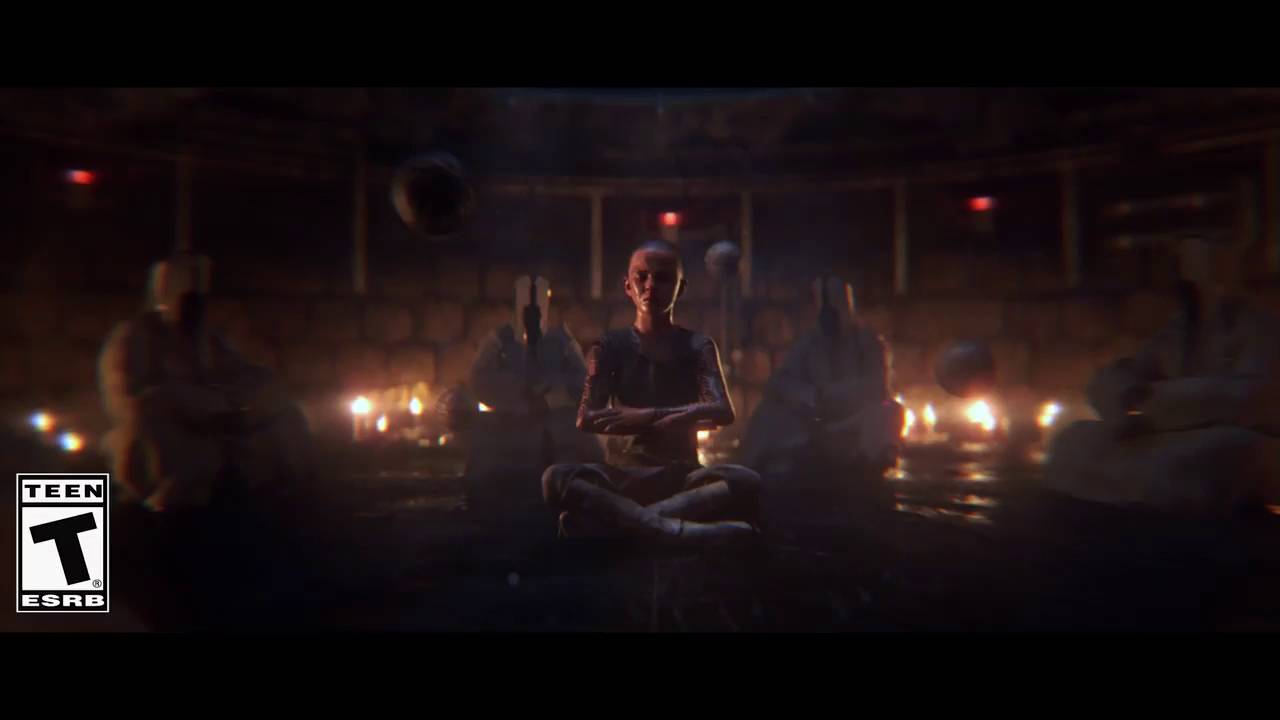Creating a game world is a complex and time-consuming task. The developers strive to create the feeling of a living, dynamic world full of unique characters, places and events. Of course it is all true if we don’t talk about iGaming development and pay and play casinos, where everything is very homogeneous. But how do they do it? What tricks and technical solutions help create the illusion of a realistic and living world? And what do developers sacrifice to achieve this goal?
First of all, it is important to say that complex simulations and detailed ecosystems are not always a necessary requirement for all types of computer games. Different genres have different requirements and goals, and what works for one may not work for another.
The game world can be compared to a stage. We all understand perfectly well that the events taking place in the cinema or theater are just a demonstration that allows us to get involved in events and history. Game worlds work on a similar principle, and therefore there are a number of features that form the concept of a game simulation.
The illusion of a dynamic world
One of the most common approaches to creating living worlds is to use procedurally generated content and events. Games like Minecraft or No Man’s Sky use these techniques to create huge worlds that are constantly changing and adapting to the player’s actions.
Features of procedural generation:
- Endless variety of scenarios and landscapes
- Ability to adapt to the actions of the player
- Save resources by creating content on the fly
Ecosystems and artificial intelligence
Creating realistic and interconnected ecosystems is another way to give a sense of a living world. Games like Red Dead Redemption 2 and The Witcher 3 use sophisticated artificial intelligence systems and sophisticated behavioral models to create a world that appears to be responsive to the player and changing over time.
Features of realistic ecosystems:
- Complex artificial intelligence systems
- Behavioral models for animals and NPCs
- Dynamically changing world
Sacrificing for an illusion
Creating such complex and interconnected systems requires significant resources, both financial and computational. This can lead to compromises in other areas such as graphics, world size, or amount of content. In addition, the simulation can become so complex that it is difficult to predict and control all possible outcomes.
Possible victims:
- Compromises in graphics or content volume
- Increased requirements for hardware resources
- Difficulties with controlling and predicting simulation results
Simulation versus game world
You can distinguish a real simulation from the game world by the degree of freedom and interconnectedness of elements. In a real simulation, all elements are interconnected and influence each other, creating a complex, unpredictable system. In the game world, interactions and systems are simpler and more controllable, giving the illusion of realism without the need to model everything down to the smallest detail.
The development of technologies and approaches to game design continues to open up new opportunities for creating realistic, vibrant and exciting game worlds. Despite the challenges and sacrifices, we can expect even more improvement in this area in the future.
Genres such as RPGs (role-playing games) and MMOs (massively multiplayer online games) often strive for more detailed development of their worlds. This is due to their desire to create an “immersive” feeling that allows players to feel like they are part of a larger, living world. Examples of such games include The Elder Scrolls, World of Warcraft, Red Dead Redemption 2, and Cyberpunk 2077.
On the other hand, for genres such as platformers, puzzles, or action games, gameplay and mechanics are more important than world detail. Games like “Super Mario”, “Tetris” or “Street Fighter” are focused on delivering fun and challenging gameplay, and don’t require complex world or ecosystem simulation to achieve that goal.
The goal of building a detailed ecosystem in games is to create a compelling illusion of reality that captivates players and encourages them to explore, interact, and interact with the game world. This can improve the feeling of “immersion” and attachment to the game, as well as increase its depth and complexity.
However, as noted above, this approach is not always necessary or desirable. It’s important that developers understand their audience and the type of game they’re building in order to make informed decisions about what elements to include and how detailed they need to be.



